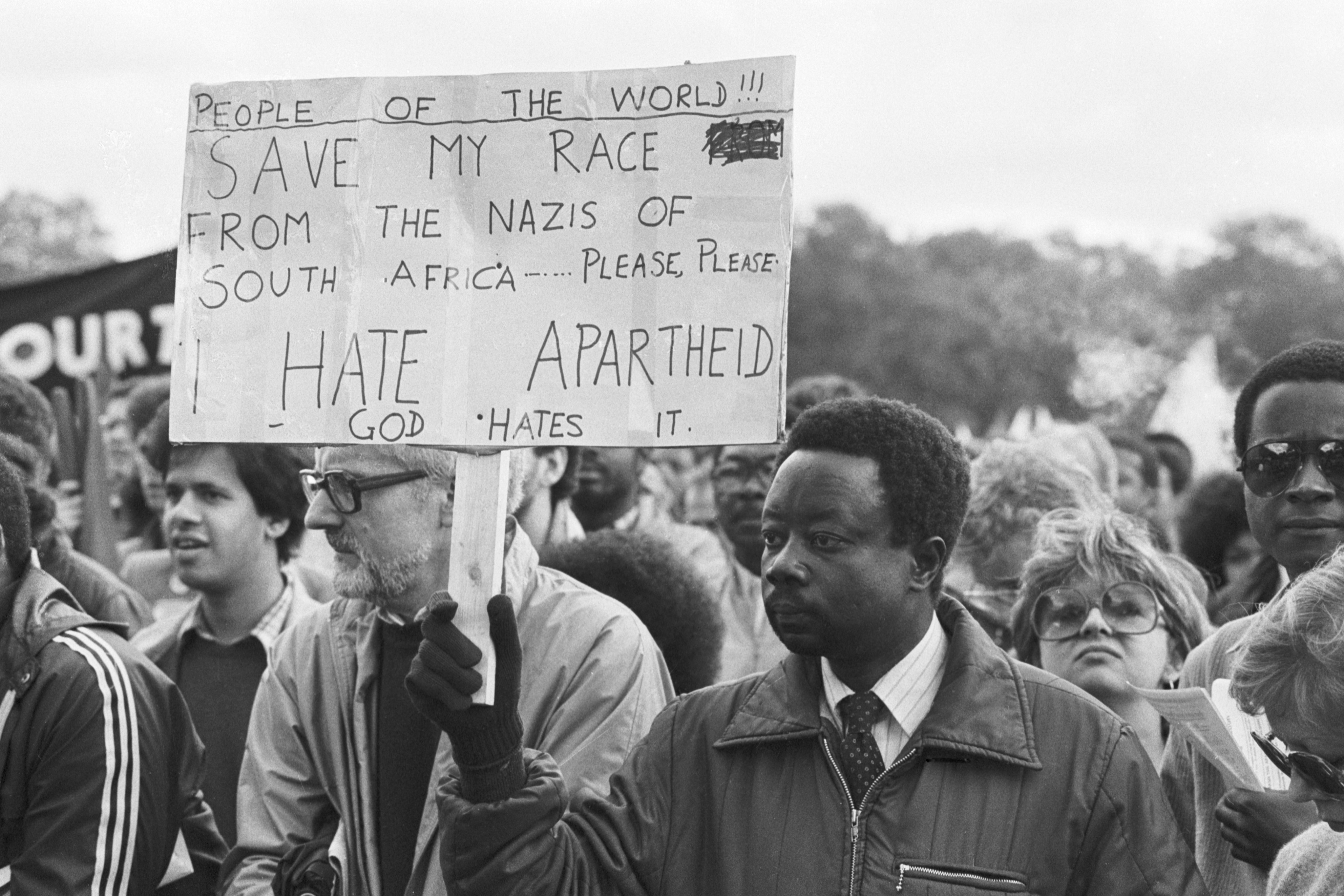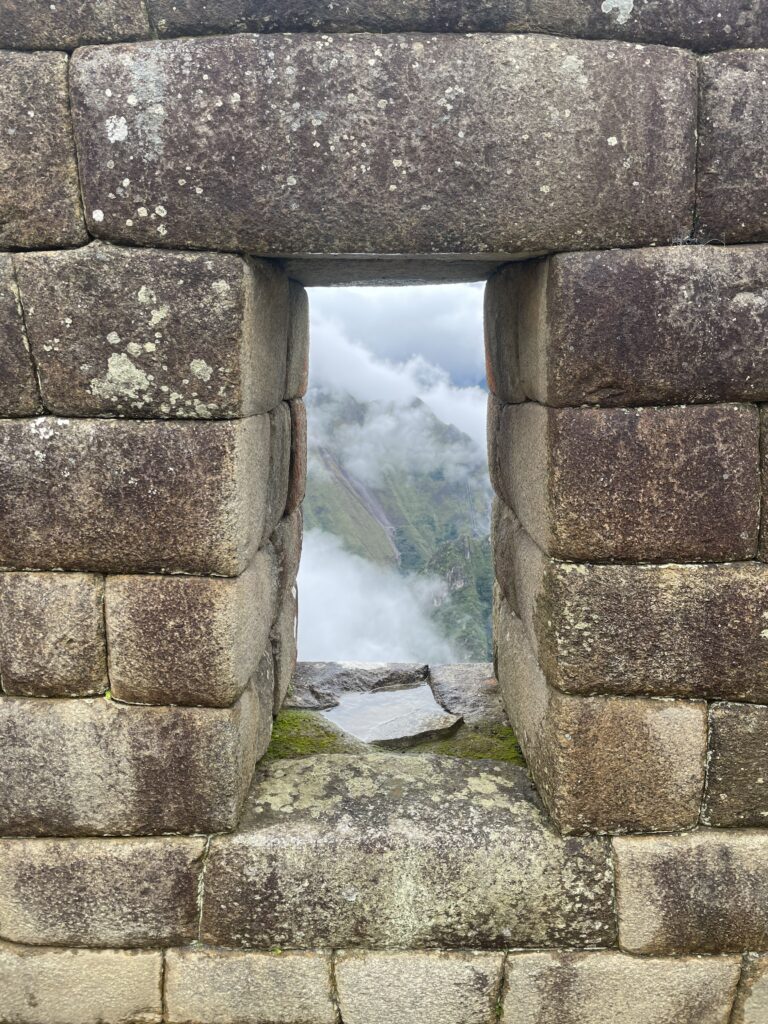In the fall of 1984, when I was a senior in high school in Washington, DC, the protests at the South African Embassy began. Civil rights leaders met with the ambassador of South Africa on Thanksgiving Eve. Timed for maximum press coverage, that meeting became a sit-in, and that sit-in launched a movement. Soon, there were protests at consulates across the country. College students held rallies, built “shantytowns,” and pushed their schools to divest.
Area high school kids like me got in on protesting the embassy too. And we had a soundtrack. “Free Nelson Mandela” had been released by the Specials in March. The leader of that British ska band, Jerry Dammers, later admitted he didn’t know much about Mandela before he went to an anti-apartheid concert in the UK, where a long-simmering boycott movement was rolling into a boil. The DC music scene was pretty wild then—a bouillabaisse of go-go, R&B, punk, New Wave; there was breakdancing in the hallways during lunch hour—and for some of us, ska was sort of a unified field theory. Musically but also culturally. (If you have a racist friend / now is the time, now is the time for your friendship to end.)
An anti-apartheid demonstrator in Hyde Park in London, June 2, 1984PA Images/GettyBut it wasn’t just kids who cosplayed in checked socks or porkpie hats. In 1985, a month after I started college, Artists Against Apartheid recorded Steven Van Zandt’s “(I Ain’t Going to Play) Sun City”—essentially the music world launching its own boycott on South Africa. The song was not (like, at all) great, but the wild cross-genre supergroup—DJ Kool Herc, Lou Reed, Bonnie Raitt, Gil Scott-Heron, Pat Benatar, Bono, and Miles Davis to name but a very, very few—guaranteed continual rotation on a relatively new cultural phenomenon: MTV.
We were getting a collective education: Because South Africa was so dependent on Black labor and exports, if industrialized nations withheld trade and investments, we could backstop Black South Africans who’d been directly resisting the Afrikaner regime for decades. So, suddenly, amazingly, we did. By 1986, Congress had imposed sanctions on South Africa and banned direct flights to it. Coca-Cola became the first major company to pull out of South Africa. Sports teams joined the musicians in refusing to play there. Divestment battles raged on campuses and boardrooms for the rest of the ’80s. And they worked. South Africa’s economy ground to a near halt. Mandela was freed in 1990, and negotiations to wind down apartheid began. By 1994, free elections were held and Mandela became president.









